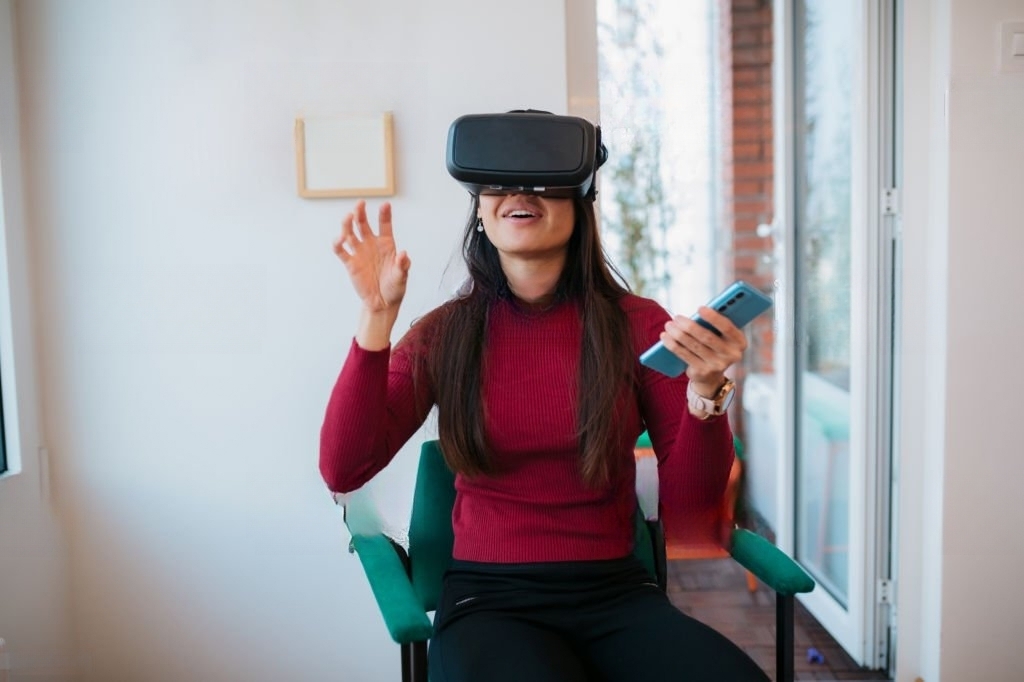Virtual reality (VR) has the potential to connect the world together by overcoming physical barriers and providing immersive experiences that bridge distances. Here are some ways in which virtual reality is connecting people across the globe:
- Virtual Meetings and Collaboration: VR enables people from different locations to meet and collaborate in virtual environments. Virtual meeting platforms allow users to gather in virtual spaces and 3D animation, interact with each other, and share content as if they were in the same room. This facilitates remote collaboration, eliminates the need for travel, and connects individuals and teams from different parts of the world.
- Virtual Events and Conferences: VR technology allows for the creation of virtual events and conferences where attendees can participate from anywhere in the world. These events provide interactive experiences, virtual booths, networking opportunities, and live presentations, making it possible for people to connect, learn, and engage without the constraints of physical location.
- Cultural Exchange and Travel: VR offers the opportunity to explore different cultures and travel virtually to distant places. Users can visit iconic landmarks, museums, or historical sites through virtual tours, allowing for a sense of immersion and connection with different cultures and destinations. This fosters cross-cultural understanding and promotes global connectivity.
- Language Learning and Communication: VR language learning applications provide immersive language experiences where learners can practice communication skills with virtual native speakers. VR can simulate real-life scenarios, allowing users to interact in different languages and cultures, thereby facilitating language learning and cross-cultural communication.
- Social Virtual Reality: VR platforms dedicated to social interaction enable users to connect with friends, family, and strangers in virtual environments. These platforms offer virtual hangouts, multiplayer games, collaborative activities, and customizable avatars, creating a sense of presence and connection regardless of physical distance.
- Virtual Training and Education: VR-based training and educational experiences connect learners with expert instructors and resources from around the world. Users can access virtual classrooms, training simulations, or educational content, allowing for interactive learning experiences and expertise sharing across borders.
- Empathy and Understanding: VR has the power to foster empathy and understanding by immersing individuals in experiences that showcase different perspectives and realities. Virtual reality can help users gain a deeper understanding of global issues, cultural diversity, and social challenges, ultimately promoting empathy and connection on a global scale.
Through these applications and experiences, virtual reality is connecting people, cultures, and ideas, transcending physical boundaries and bringing individuals together in shared virtual spaces. It has the potential to create a sense of global community and promote cross-cultural understanding and collaboration.










